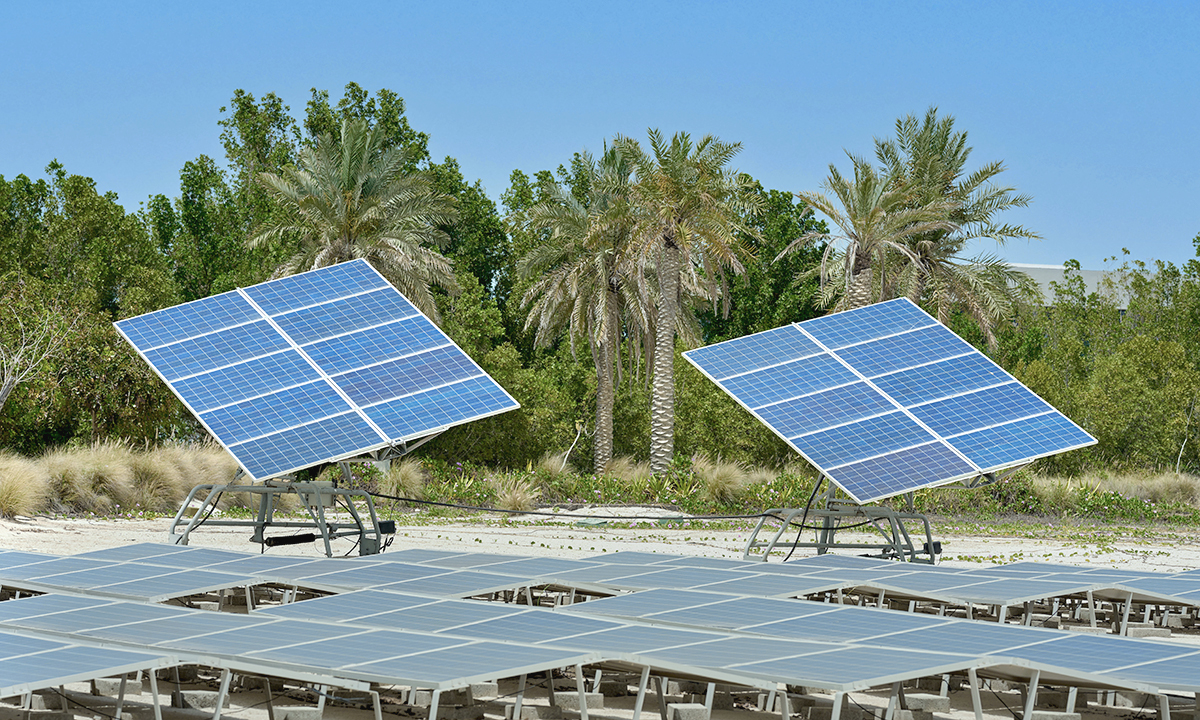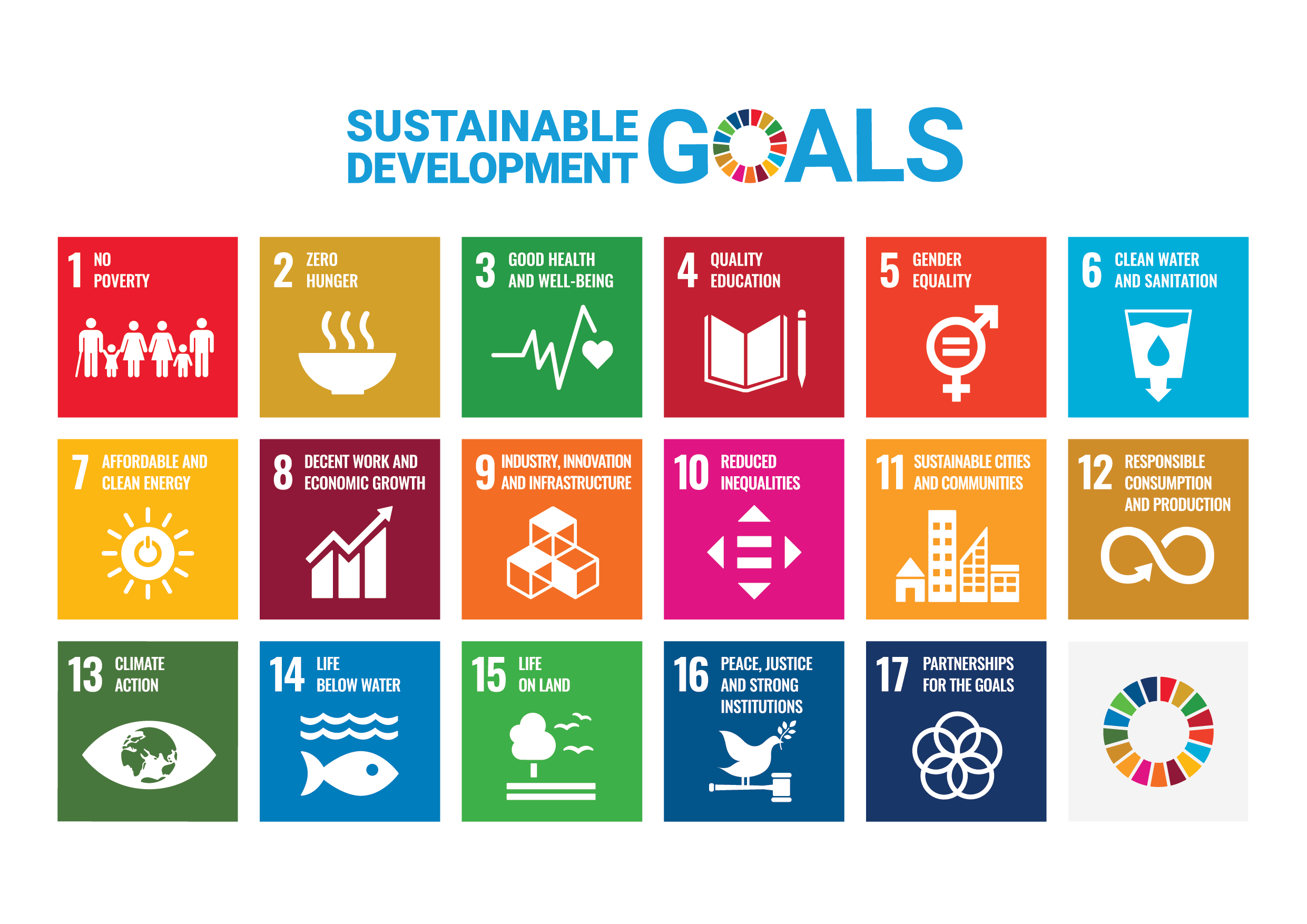To date, over 90 countries, including Nigeria, have set net-zero emissions targets, committing to help prevent the most harmful impacts of climate change. But questions remain around the credibility of many of these pledges and whether these goals will be met.
Together, countries with net-zero targets – which include China, the United States, and India – are responsible for nearly 80% of global greenhouse emissions. Thousands more regions, cities, and companies have also set net-zero targets of their own. Never before has there been more ambition and palpable momentum for such deep emissions reductions.
But plans for meeting the targets are not always clearly defined, may lack political support, and may require reliance on novel or not-yet-existent technologies. Moreover, most countries’ current emissions trajectories are not compatible with what is needed to limit global warming to no more than 1.5 degrees Celsius above pre-industrial levels as agreed upon in the international Paris Agreement on climate change.
In a new WRI report aimed at helping countries to implement transformative, equitable, and inclusive solutions to reach net zero, we identify five countries that are among the nations already making tangible progress. Each example highlights key actions – making foundational decisions, establishing good governance, engaging stakeholders, enacting sectoral policy, and deploying finance and investment – countries can undertake to turn pledges into practice and successfully reach net zero.
Costa Rica Implements a Foundational Net-Zero Plan that Withstands Political Changes
Costa Rica’s commitment to achieving net-zero emissions by the midcentury has been supported by the development of a comprehensive National Decarbonisation Plan that ensures the long-term target guides near-term decision-making and action today. The plan, which was originally developed in 2019, details near-term sector-specific actions and cross-cutting strategies to drive emissions reductions. For instance, the implementation plan sets a goal to operationalize 1,000 electric buses by 2035 to reduce emissions from the country’s transport system.
One remarkable aspect of Costa Rica’s plan is its resilience against political changes. Despite a major shift in government in May 2022, the plan has remained a priority, in large part due to its success in attracting substantial investments from global financial institutions like the International Monetary Fund and Inter-American Development Bank. This financing is crucial for realizing the near-term milestones outlined within the plan.
Ultimately, Costa Rica’s net-zero implementation plan has demonstrated its effectiveness by attracting investments, surviving political transitions, and maintaining a focus on near-term milestones across key sectors, paving the way toward net zero.
Chile’s New Governance Structures Streamline Net-Zero Implementation
Chile has taken significant steps to facilitate the implementation of its net-zero emissions target by establishing comprehensive and coordinated governance structures. The target was legally enshrined in the country’s Climate Change Framework Law of 2022 and under the leadership of key government leaders, net-zero-aligned climate action has become a top priority.
The Climate Change Framework Law establishes new governance structures at the national and local levels. It decentralizes responsibility, assigning climate-related tasks to multiple government ministries, regional authorities, and municipal governments so that one ministry is not burdened with sole implementation.
The law also introduces key institutions at the national level such as the Council of Ministers for Sustainability and Climate Change to evaluate policies, the Scientific Advisory Committee to provide independent expert advice and the National Council for Sustainability and Climate Change to engage the public. At the sub-national level, regional Climate Change Committees have been established for all 16 regions of the country to develop and implement local climate policies and existing municipal government structures have been given new authority for climate policy implementation.
These innovative governance structures will support the implementation of near-term interventions. For instance, Chile has already developed sectoral carbon budgets, initiated coal exit plans, and implemented sustainable land management and afforestation initiatives. If the current implementation proceeds as planned, Chile’s carbon dioxide emissions may have already peaked, setting the stage for meeting the country’s net-zero emissions target.
South Africa Establishes an Inclusive Process Towards a Just Transition, with Broad Stakeholder Engagement
Given its traditionally heavy reliance on coal to meet energy needs, reaching net-zero emissions in South Africa will have major impacts on workers and communities as the country transitions to a new energy system. In 2020, South Africa took a significant step to ensure a just and equitable transition to a low-emissions and climate-resilient economy by establishing the Presidential Climate Commission (PCC). The commission, situated within the South African presidency is comprised of representatives from government, business, labour, civil society, and traditional leadership. It operates transparently, broadcasting all meetings and workshops to the public, and emphasizes deep and continuous community engagement.
The inclusive approach of the PCC was exemplified in the development of the Just Transition Framework, adopted by South Africa’s Cabinet in August 2022. The framework sets out a shared vision, principles, policies, and governance arrangements that will help the country to unlock net zero while ensuring no harm to existing communities in the process. The swift acceptance of the framework was facilitated by policy briefs, public workshops, community consultations, expert essays, and extensive consultations with workers, communities, and social partners.
This comprehensive engagement helped to foster support for the outlined transition, enhance public trust and gain acceptance for the challenging decisions ahead. By incorporating diverse perspectives and considering the needs of impacted communities, South Africa provides an example from which others can learn.
Denmark Transforms Its Power Sector Through Policy and Investment
Denmark’s power sector has experienced a significant transformation over the past three decades, transitioning from coal-dominated generation to zero-carbon power. The share of renewable power generation has increased from 3 percent in 1990 to over 80 percent in 2020, mainly driven by a substantial deployment of wind energy. Wind capacity has multiplied 24 times during this period, reaching 7 gigawatts of installed capacity as of January 2022. Solar generation has also played a role, contributing 4 percent to the power mix after doubling between 2015 and 2020. These shifts have resulted in a remarkable 76 percent decline in carbon dioxide emissions in the power sector since 1990.
The transformation of Denmark’s power sector can be attributed to a combination of sustained and well-designed policies and investments. These include significant investments in research and development for wind energy, the establishment and adjustment of a feed-in tariff for wind, institutional support for planning and installation of renewable energy projects, strong grid interconnection, community ownership of renewable energy projects, the upgrading of aging turbines and increasingly ambitious renewable energy targets. Throughout this transition, Denmark has prioritized dialogue with unions and employers to ensure fair sharing of costs and benefits and support for workers in fossil fuel industries. The country’s approach has focused on building a strong renewables industry alongside a robust social safety net.
Denmark’s success in transitioning its power sector to renewables has positioned it as a global leader in wind energy, with a high level of research and development investment and technological expertise. The country’s experiences and policies provide valuable insights for other nations aiming to follow suit.
France Prioritises ‘Green Budget’ to Increase Net Zero-Aligned Public Finance
France has made significant strides in shaping its budget to increase net-zero-aligned public finance. Since 2017, the country has committed to incorporating climate considerations into its annual budgetary process, resulting in the publication of the world’s first “Green Budget” in 2021. This budget assesses the environmental impact of all state expenditures based on criteria such as climate, biodiversity, and local air pollution.
The methodology rates expenditures on a scale from unfavorable to very favourable, covering key environmental goals. This approach ensures that all government departments carefully consider the climate and environmental impacts of their interventions, aligning with the country’s commitment to net zero.
France has also implemented minimum environmental thresholds for certain investments. For example, a portion of the country’s COVID-19 recovery package required 30% of the funds to be dedicated to investments tagged favorably under the Green Budget methodology. These investments encompassed projects such as energy efficiency, green hydrogen development, and more.
By employing the Green Budget methodology and setting minimum requirements for national expenditures, France is increasing domestic climate finance in pursuit of achieving its mid-century net-zero target.
Continuing the Implementation Drumbeat
The global momentum around setting net-zero emissions targets is undeniable, but work remains to set near-term implementation in motion. While many countries are already demonstrating good practice – and seeing tangible results follow – the journey to reach global net-zero emissions is just beginning. The good news is that we’ve never had more information about what needs to be done to succeed, and there’s much to learn from those that have started to lead the way.
By Clea Schumer, Cynthia Elliott and Rebecca Gasper





